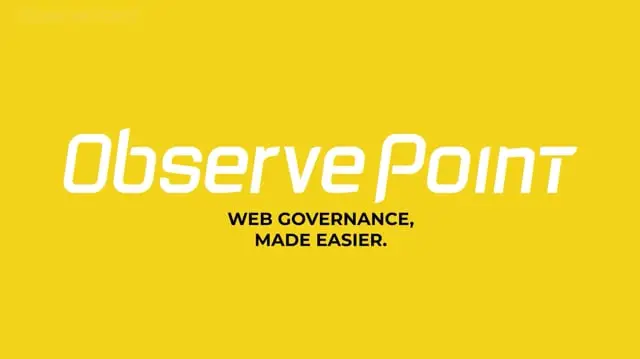
Building an effective MarTech stack is a bit like a game of Jenga, the block-stacking game many of us know and love. In Jenga, pieces are removed from the bottom and balanced on top, increasing the height of the stack, but also increasing the likelihood of collapse.
The gameplay of managing your MarTech is similar—it’s all about balancing your resources and understanding how each technology fits into the stack.
Tag management systems help increase the structural integrity of your technology stack, but they’re not the whole shebang. Word on the street—or rather, word on the digital superhighway commonly known as the “Inter-Net”—is that you should implement a data layer alongside your TMS. Why?
A data layer can serve as a groundwork for your tag management system and marketing technologies, providing a level base to keep your MarTech stack from toppling over.
Here are 3 ways a data layer can boost your tag implementation and data collection processes:
1. Reduced development time with a data layer
Without a data layer, implementing new technologies can be a Grade-A hassle. Variable naming conventions and data collection processes vary across vendors, meaning that the same values must be recorded multiple times in multiple ways.
This is a redundant and inefficient process—without a data layer, each technology is responsible for gathering its own data. As a result, getting new technologies up and running can take up unnecessary resources, namely developers.
When you combine a tag management system and data layer, you have easy access to the data points you need. It’s just a matter of setting up your technology in your TMS and pointing that technology to the data layer values that are already being collected.
2. Consistent data collection despite structural changes to HTML
One of the problems with using a TMS without a data layer is a process known as “DOM-scraping.” The term Domain Object Model, or DOM, refers to the HTML structure of a page, which is filled with HTML elements delineated with ids and classes. Using JavaScript or jQuery, a TMS can “scrape” data from these HTML elements—such as the title of a page or the value of a form field.
While this may be a quick and easy way of getting the data you need, it is far from a best practice. Front-end developers change HTML structures, and they do it frequently. As a result, a TMS may go looking for an element that no longer exists or that has changed its identity.
This data layer isn’t subject to the weaknesses of DOM-scraping. Because the data layer is built separately from the DOM and is populated using methods that are agnostic to page structure, the data will always be where it needs to be.
3. Standardized data across marketing technologies
TMSs don’t collect data—they deploy tags that collect their own data. When you rely on vendor-specific data collection, each technology is going to define event data a bit differently. As a result, technologies that are meant to work in conjunction may be evaluating customer behavior a bit differently from each other. This will result in a fragmented customer experience.
Implementing a data layer puts you in control of data collection—you define what an event is and where the data should come from. And while initially this will require some real hands-on development, the result will be an efficient tag management strategy that your marketers will adopt and adore.
One Caveat: Your Data Layer Needs to Function Properly
The data layer can be a powerful resource for any analytics and marketing stack, but of course it needs to work properly in order to provide value.
Why wouldn’t your data layer work as expected? It’s impossible to count the specific ways a data layer could fail, but generally it fails simply because websites are entities that grow and change with time. With change come errors, which negatively impact your ability to deliver great customer experiences.
So what can you do to protect the integrity of your data layer? Test it. Often.
As an example, see how you can use ObservePoint to test the data layer across your site:
If it’s been a while since you’ve checked in on your data layer, request a custom audit of your site and data layer to ensure everything is where it should be.




